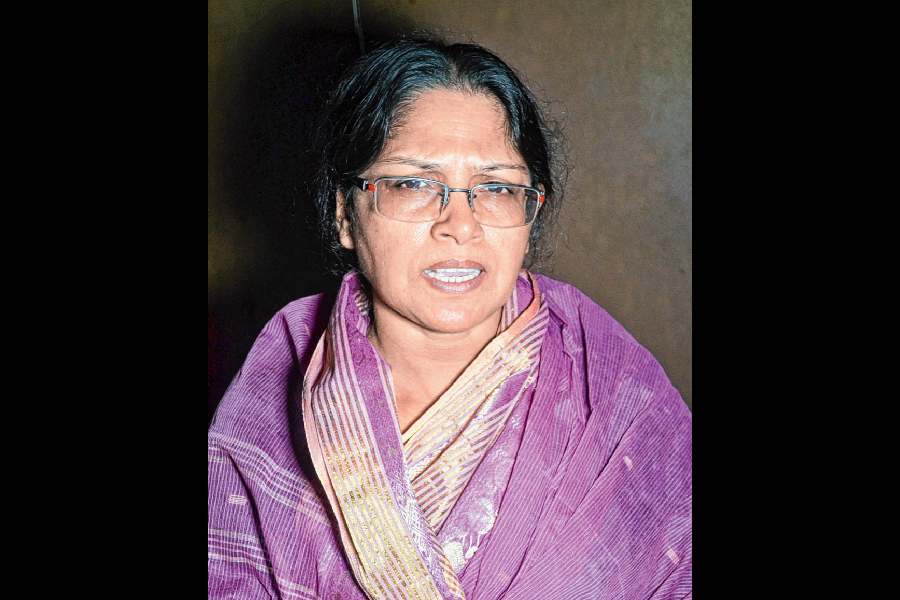
People - young and old, male and, mostly, female - ask friends, relatives and physicians, "Do I look fat?" Often, the honest answer should be "yes". Visual perception of weight (thin, okay and fat) is usually correct. It needs to be backed up by scientific measurements for accuracy.
At present, 14.4 million Indian children and 30 million adults are obese. This is an unseen, unrecognised and dangerous epidemic. Part of the problem lies in our culture - we equate a potbelly with prosperity, like plump children and curvy women with a BMI around 30.
People sometimes ask, "Am I the correct weight for my age?" While weight does tend to creep up with age, especially in women, your ideal weight depends on your height, not your age. It needs to be measured scientifically.
The BMI (body mass index) is weight divided by height in meter squared. It should ideally be around 23 and, preferably, under 25.
Waist circumference should be 102cm (40inches) in men and less than 88cm (35inches) in women. In the Indian context, this has been brought down to 31inches in women and 37inches in men.
The waist-hip ratio (circumference of the waist divided by that of the hips) should be less than 0.9 for men and 0.85 for women. In children, the value is less than 0.5.
Body weight usually increases because of fat deposition. There can be all-over deposition of fat under the skin, which produces a pear shape with big hips and thighs. There can also be accumulation of visceral fat in the abdomen, around the internal organs. This creates a "beer belly" or "muffin top" and unsightly "love handles" hanging down the sides of an apple-shaped body.
Visceral fat is dangerous because it acts as an organ and secretes hormones called adipokines. These contribute to a variety of diseases such as deranged lipid profiles, Cushing's syndrome, polycystic ovary syndrome (PCOS), glucose intolerance, insulin resistance or diabetes, early onset of osteoarthritis (especially the knees) and Alzheimer's. The fat also gets deposited in the liver, causing it to enlarge and get damaged, becoming a "fatty liver".
Getting into shape is not easy. Crash diets, "fat-free" meals, meal-substitute shakes - in other words, severe caloric restriction - can initially cause dramatic weight loss. The body then adapts, goes into "famine" mode and starts to conserve calories. The weight stabilises for a while and then slowly creeps up.
It is better to eat healthy, restricting your intake to 75 per cent of your regular diet, avoiding high-calorie, trans fat and sugar-laden snacks and eating 4-6 helpings of fruits and vegetables a day. This way the weight not only melts off - though slowly - but is likely to stay off.
Visceral fat is more likely to respond to a combination of diet and exercise rather than calorie restriction alone. "Cardio" or aerobic exercise such as running, jogging, walking, cycling, dancing or swimming for 40 minutes to one hour a day is ideal. Dancing has the added benefit of maintaining balance and coordination and delaying the brain changes linked with ageing. If you cannot spare a 40-minute chunk of time everyday, four sessions of stair climbing for 10 continuous minutes or even a two-minute brisk walk every hour during the day is beneficial and will help.
Muscles increase the BMR (basal metabolic rate). The higher the BMR, the more calories a person burns, even at rest. So build more muscles and maintain the ones you have. (You lose muscles with age.) Do a set of muscle-strengthening excercises with light weights every alternate day along with your cardio workouts.
The writer is a paediatrician with a family practice at Vellore and author of Staying Healthy in Modern India. If you have any questions on health issues please write to yourhealthgm@yahoo.co.in










